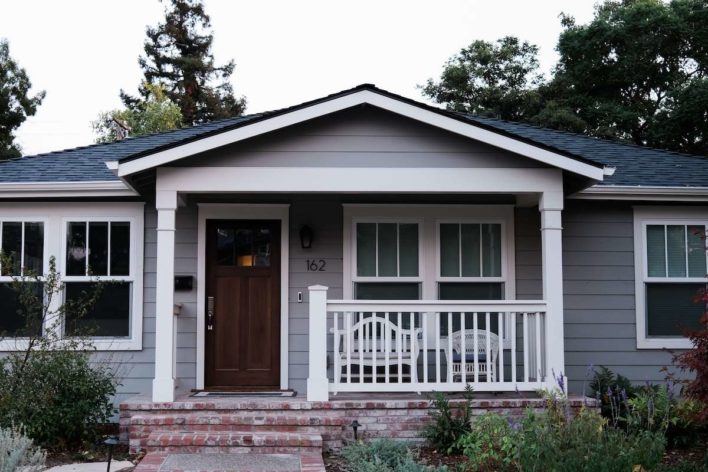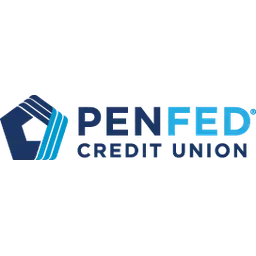What is VA Streamline Refinancing and How Can It Benefit You?

What is VA Streamline Refinancing and How Can It Benefit You?
VA Streamline Refinancing is a different way of referring to the VA Interest Rate Reduction Refinance Loan, or VA IRRRL, and is an option for some homeowners who used a VA Loan to purchase their house. It’s not a great option when mortgage loan interest rates are consistently higher than the rate you are currently paying, but when they drop below your current home loan mortgage rate, it is a very good idea to consider your VA IRRRL options.
VA IRRRLs: How They Work
A VA IRRRL refinances your current VA-backed mortgage into an entirely new loan agreement. There is no VA-required appraisal or credit check on typical VA IRRLs, though your lender is free to require one or both.
The new loan must result in a tangible benefit to the borrower such as a lower interest rate, lower payments, etc. These loans are referred to as VA Streamline Refinancing because they use the borrower’s original application to apply for the new loan – it’s a potentially simpler process than other refinancing options.
>> You may be eligible for a zero down VA home loan? For a no-obligation, free consultation regarding your VA Loan eligibility, please go here.
Why Refinance?
Refinancing is the act of replacing an existing loan with a new loan which pays the debt of the original loan and ideally has better terms or features. Refinancing may be a good idea when:
- You have an Adjustable Rate Mortgage (ARM) meaning your interest rate is adjustable over time.
- The length of your mortgage is over 15 years (however, if the interest rate on a 30-year fixed-rate mortgage is low enough already, make sure the shorter term isn’t going to end up costing you more).
- You have a high-interest-rate loan (if current market interest rates are lower than your current mortgage’s rates, finding a loan with a reduction of 1-2% (or even more) interest or one that shortens your payment schedule is something to consider).
How Does It Work?
You must meet eligibility requirements of the VA loan program, work with a VA-approved lender, and the loan must typically result in a benefit to you. VA IRRRLs do not allow cash back to the borrower the way VA Cash-Out Refinancing does.
You do not have to actively live in the home to be eligible, you only have to prove that you have lived in the home as the primary residence in the past. Also, you do not need a new Certificate of Eligibility (COE). Some lenders though may ask for a copy of the original COE from when you first purchased your house. There is no need for an additional appraisal process, either.
Additional Costs to Consider
The VA Loan Funding Fee is a typical cost of borrowing, as are closing costs. Some states or local government agencies may expect government recording fees as well, for legally recording the deed/mortgage/relevant documents.
Both the funding fee and closing cost (and sometimes these other additional charges) can be rolled into the new IRRRL for those who want no out-of-pocket expenses. Your loan disclosure documents should explain your total costs, and if you don’t understand, ask questions of your lender.
Due to market conditions, refinancing may be more challenging than in the past. If you can’t pay your current home loan, check out some of these resources:
- Help For Military Families During COVID-19 Pandemic
- CARES Act and What It Means For Your VA Loan
- Guidance For VA Home Loan Borrowers During COVID-19
- What to Do If You Can’t Pay Your Mortgage
- COVID-19 Stimulus Programs For Homeowners And Renters
>> Interested in a no PMI, zero down payment possible home loan? For a no-obligation, free consultation regarding your VA Loan eligibility, please go here.
RELATED:
- The VA Loan, A Military Benefit You Should Use
- Best Practices For the VA Loan Process
- VA Loan: Can You Borrow More Than Your House is Worth?
- VA Loan Eligibility Expanded for National Guard
- What Do You Need to Know About VA Loans?
- Military Families: Should We Buy a Home?
About the author
Lori Waddell serves as Co-director of an emergency response COAD in Montana, a freelance writer, and an Air Force Key Spouse. She is passionate about empowering communities and individuals through knowledge and resources. She currently lives in Montana with her husband and two children.


